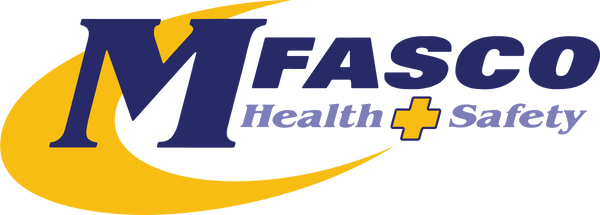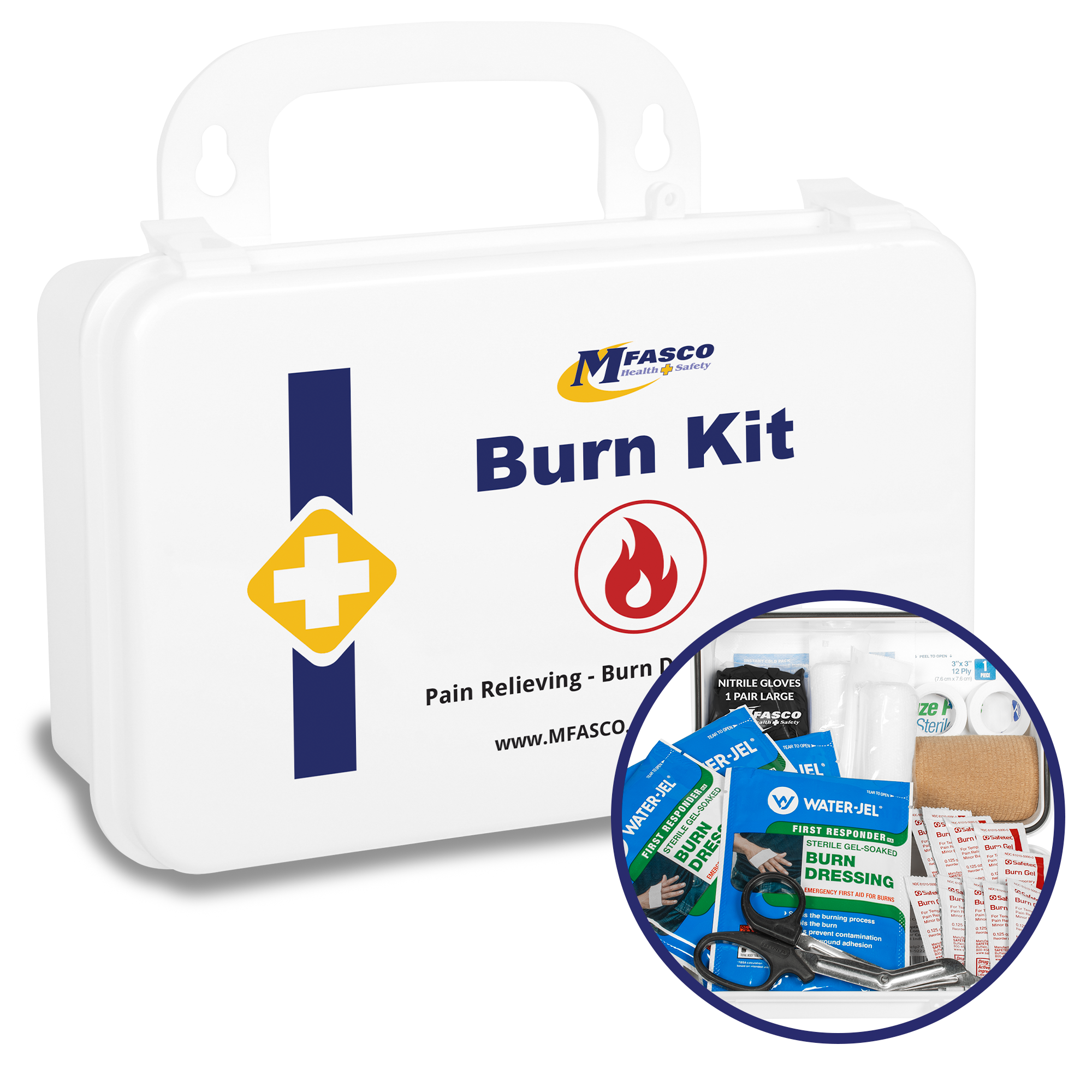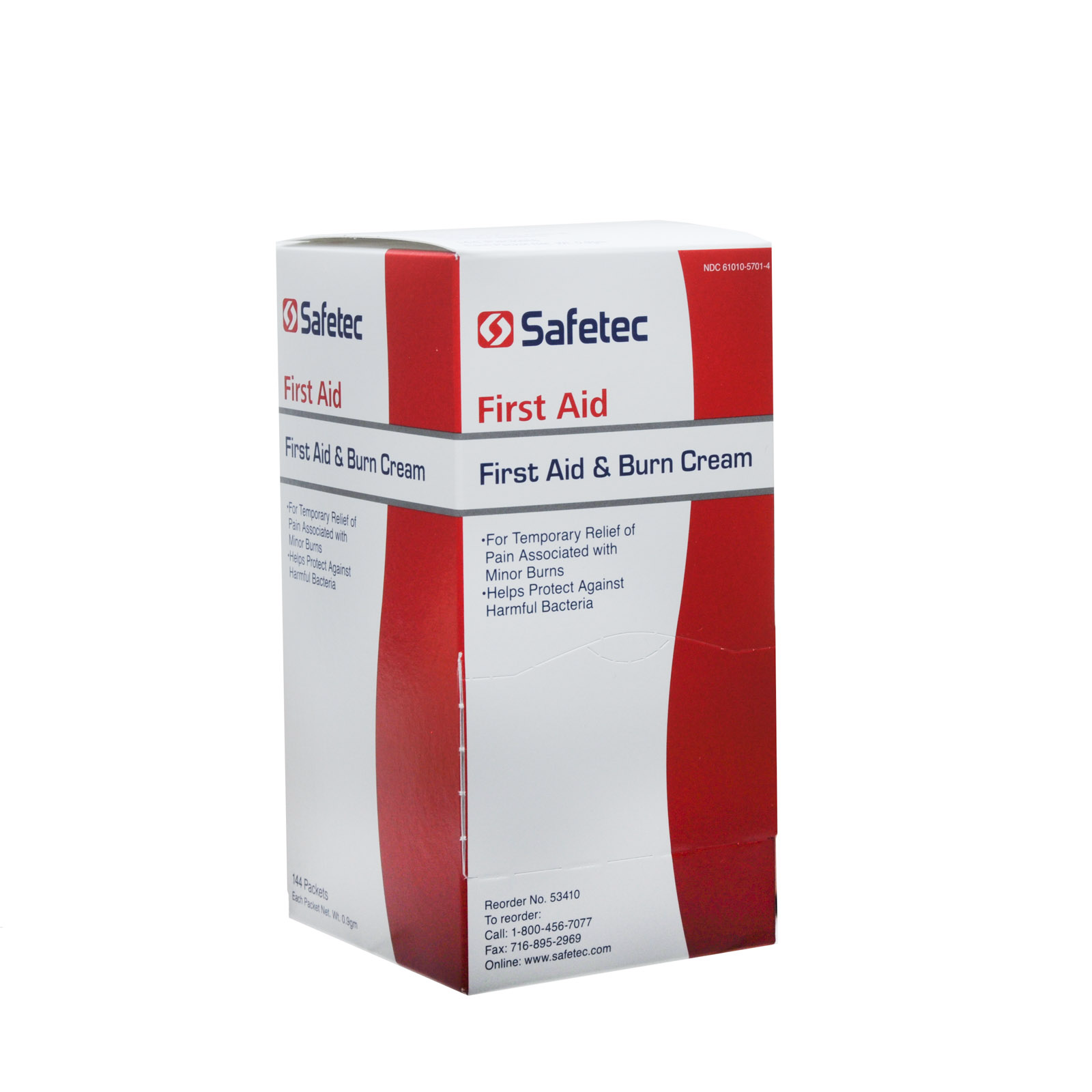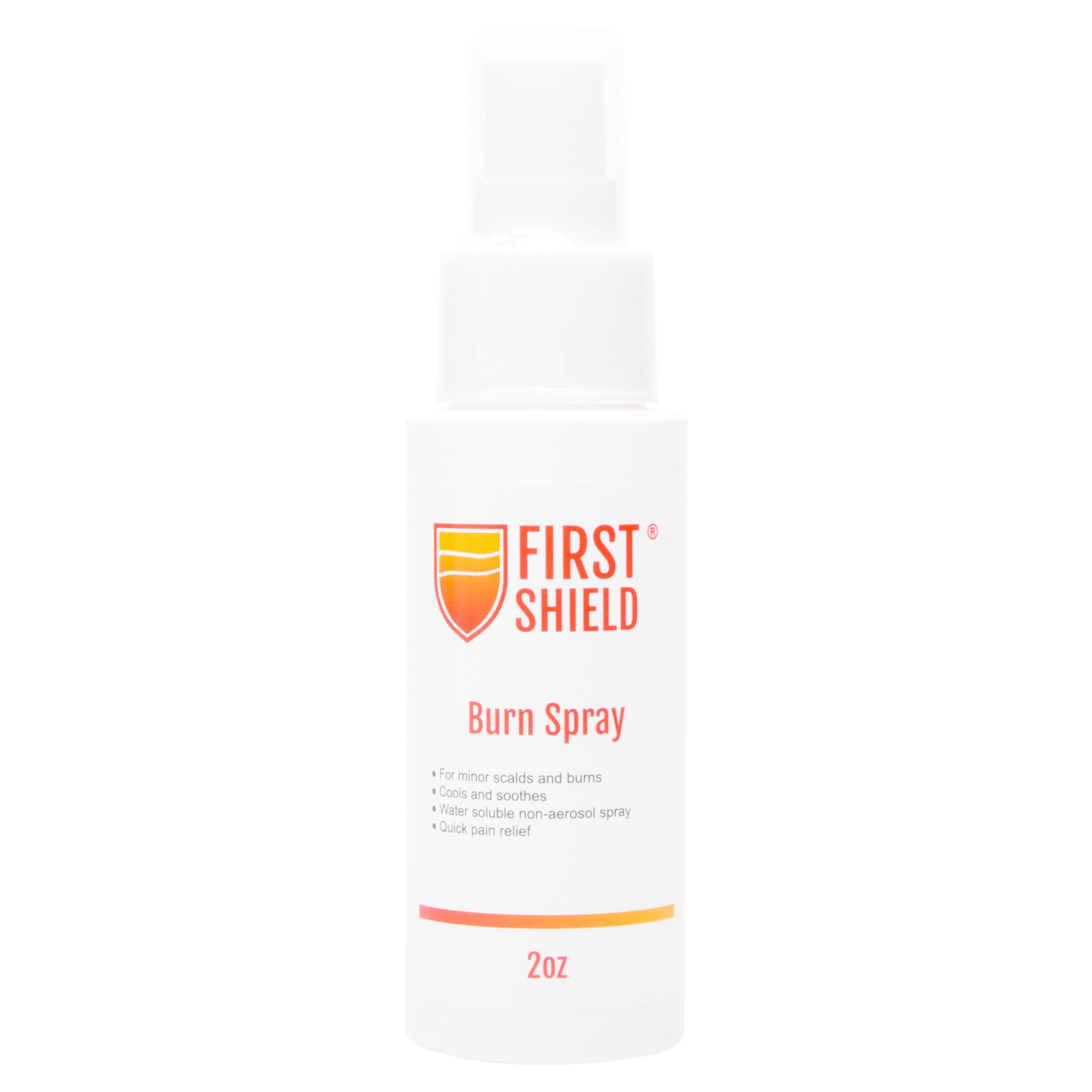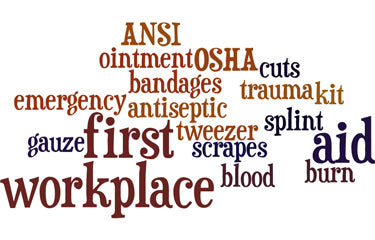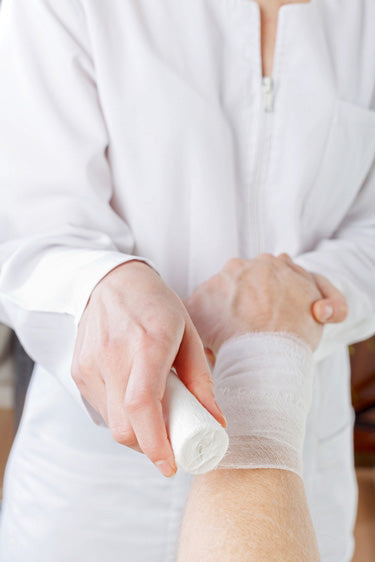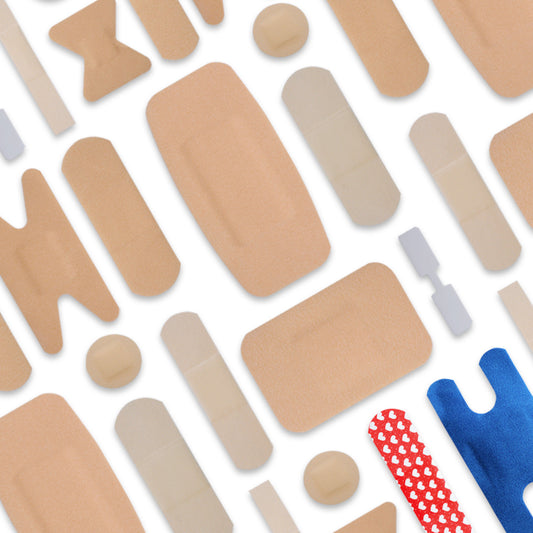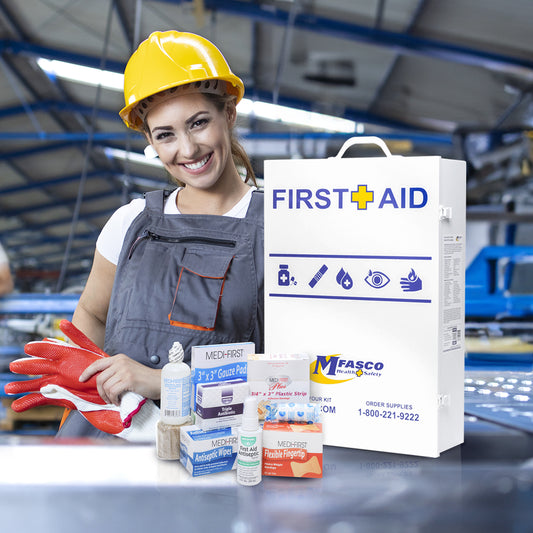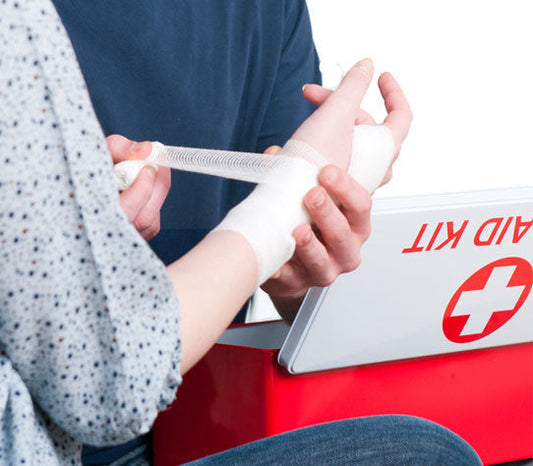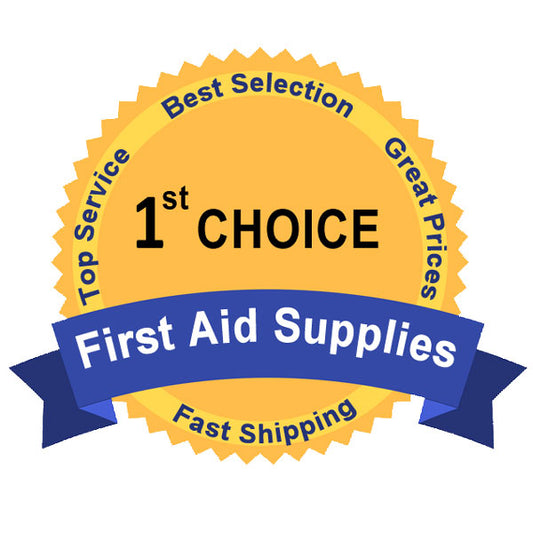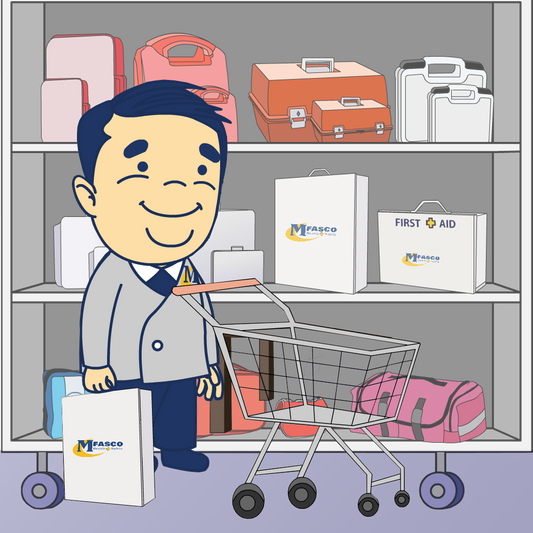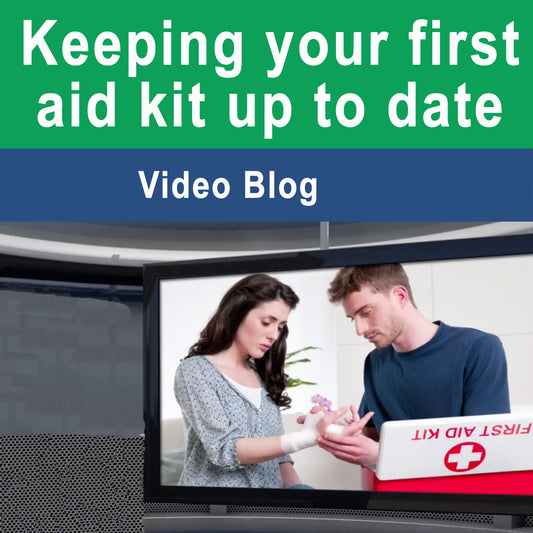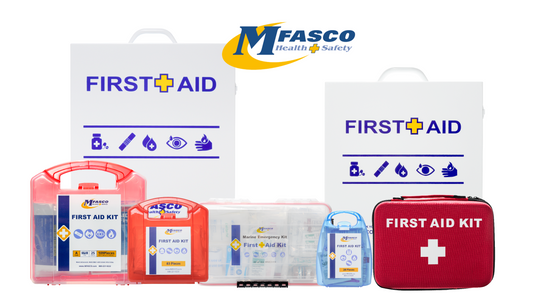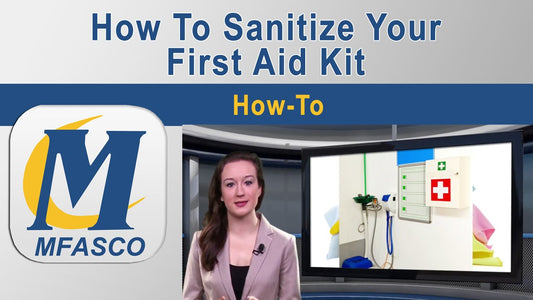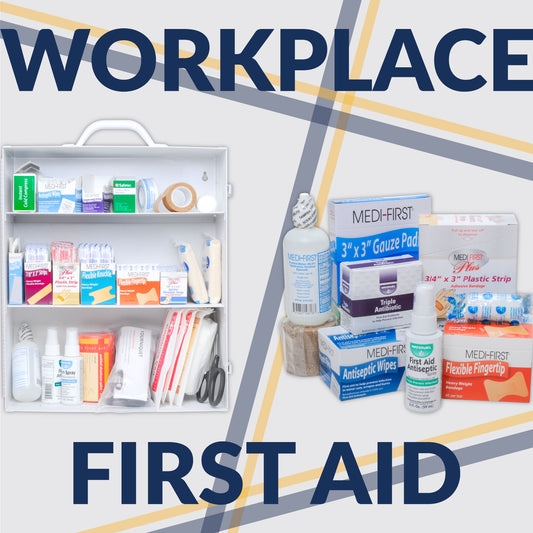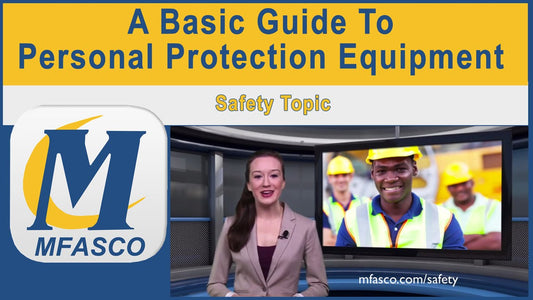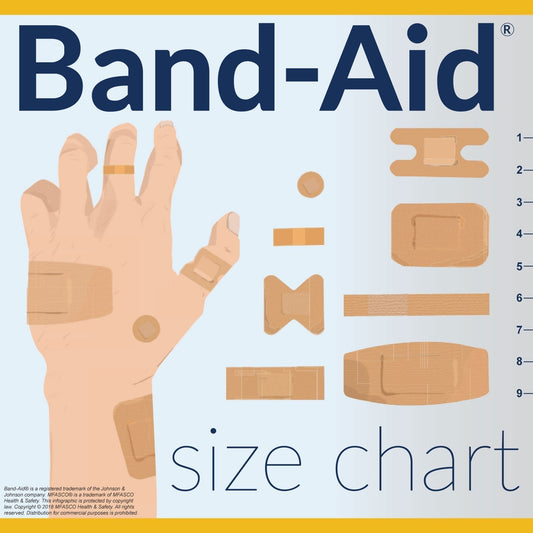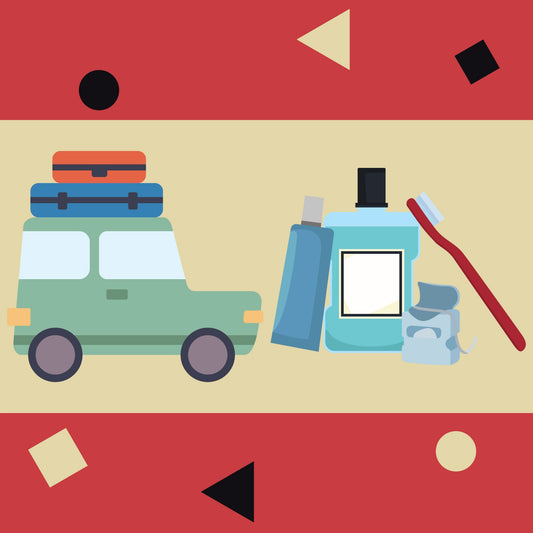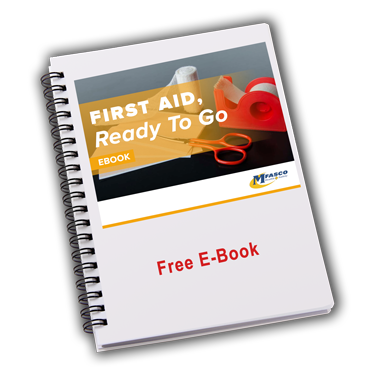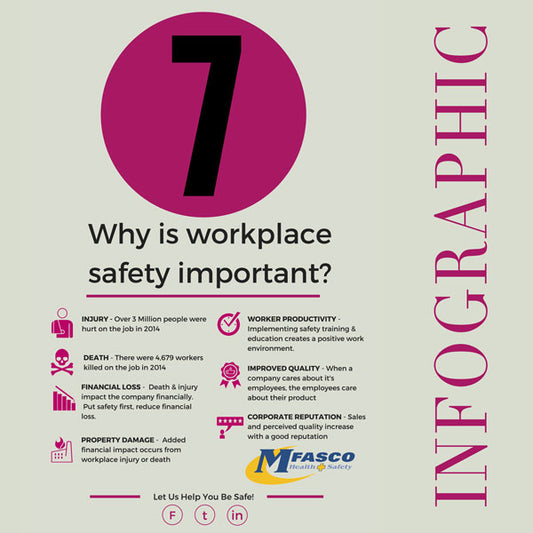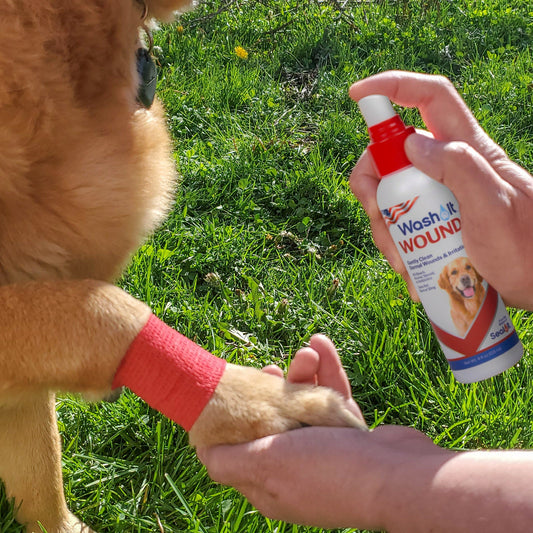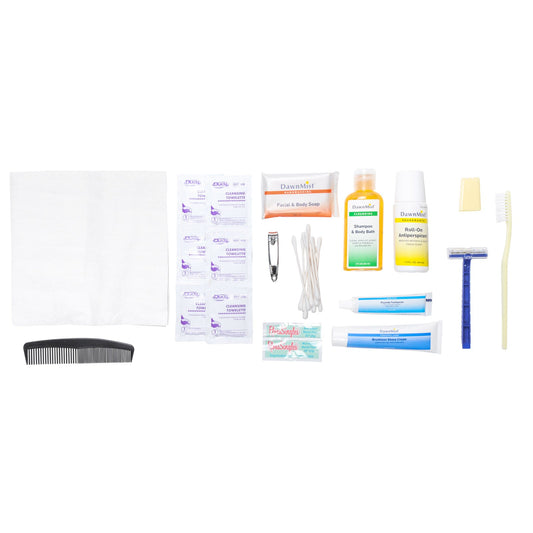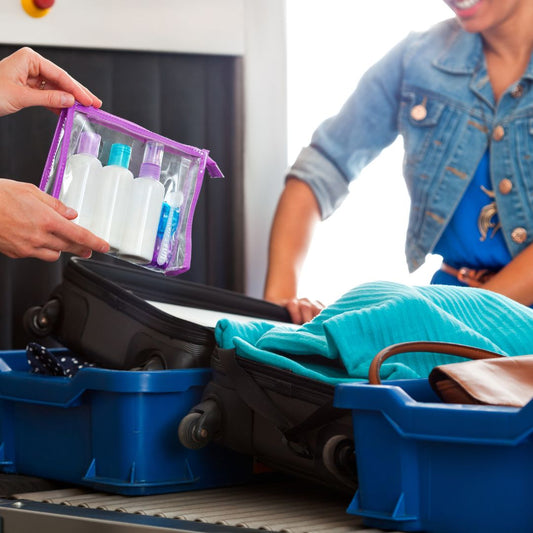A Basic Guide to Burn Care

Burns are a common injury in many workplaces that often occur simply from not wearing proper personal protective equipment. Each job comes along with specific risks and may endanger workers with possible friction, heat, radiation, chemical or electrical burns. When these injuries occur, the appropriate first aid should always be readily available. For the best care, make sure that burn ointments and other health and safety products have not passed their expiration date. Below are several examples of possible workplace burn scenarios, as well as tips for what first aid measures should be taken:
At a construction site
If you're working construction or another job with tools, you're at risk for several types of burns. For example, a construction worker may sustain a heat burn by picking up a tool that was recently used by a co-worker and is still hot. Without the right PPE - in this case gloves - this could result in the worker burning his or her hands, which then may crack and blister. In such a situation, the first thing that should be assessed is the severity of the burn. If it is a minor burn, the National Institutes of Health recommends soaking the affected area under cool water for at least five minutes, then drying the burn and dressing it with a dry, sterile bandage. The NIH notes that ibuprofen may be used to reduce pain and swelling and that a burn lotion can be applied later to help heal the wound.
Electrical burns may also occur when working with wiring or power lines. Again, creating a safe work environment and wearing the proper safety clothing are of utmost importance. This type of burn is often severe, and whether or not a person feels OK after, he or she should see a doctor as soon as possible. According to the Mayo Clinic, electrical burns can cause internal tissue damage that requires immediate medical attention. The source advises using a sterile bandage to cover any burned areas until help arrives.
Lastly, sunburn is a type of radiation burn that can occur from overexposure. If you're working outside all day, wear appropriate clothes to shade your body and sunscreen.
 Wear appropriate PPE to avoid burns at a work site.
Wear appropriate PPE to avoid burns at a work site.
At a lab
Chemical splashes can be a major hazard in laboratories, as well as medical and research facilities. Again, PPE is key for avoiding chemical burns in these work environments. Specifically, goggles that fully cover the eyes are crucial, but eye wash stations and supplies should be available if there is a worst-case scenario. If you or a co-worker is exposed to a hazardous chemical, there are several basic first aid steps you should take. Say you neglect to put on gloves and a dangerous dry chemical gets on your hand. According to the Mayo Clinic, the first step is to remove the chemical from your skin, as well as any clothing, jewelry, or other items it may have touched on your person. The source recommends then rinsing the affected area with a steady stream of fresh water for 10 minutes or more. Notably, this is a longer period of time than a heat burn.
As with other burns, use dry gauze or bandages to cover the burned area. If a chemical burn is severe, seek immediate medical attention.
"Don't use ice to cool a heat burn."
In the kitchen
If you work in the food industry, odds are you've gotten a heat burn from a pot, pan, or burner. Trying to keep things cold using dry ice may also result in cold temperature burns in the kitchen. Chefs, line cooks, servers, and other staff members will likely need access to a robust first aid kit to address cuts, burns, and other common injuries. Remember to keep towels and hot pads readily available so that kitchen staff can safely handle hot plates and other dishes during a busy time such as the dinner rush.
While ice and frozen foods are often on hand in most kitchens, be wary of using these items to cool burns. The exposed area may have less feeling than normal due to the burn, which in turn will prevent you from recognizing that the cold object is causing frostbite. Instead, rinse the burnt area under cool water for several minutes and then cover with a dry bandage.
First Aid Products & Accessories
MFASCO's Make a Kit Tool
Complete First Aid Kit Refill Packs
Burn Treatment Products
Additional Resources for Reordering First Aid Kits & Supplies
Top 8 First Aid Kit Types
What is in a First Aid Kit?
Essential First Aid Kit Supply List
Contributing Expert

Mike Brinker
Mike Brinker has been working in the first aid industry for over 35 years. He has worked with thousands of businesses,groups, and organizations to provide a healthy and safe work environment. Mike helped create “Make-A-Kit”, the internet's only online first aid kit creation tool. He has also authored many helpful first-aid and safety-related resource articles found at the MFASCO Learning Center.
